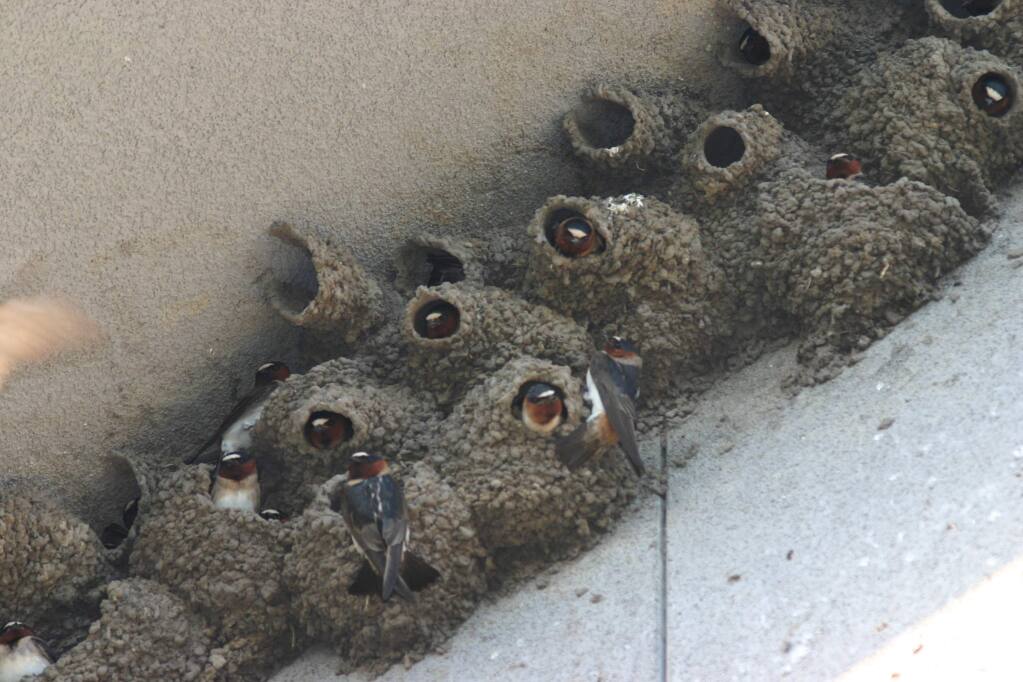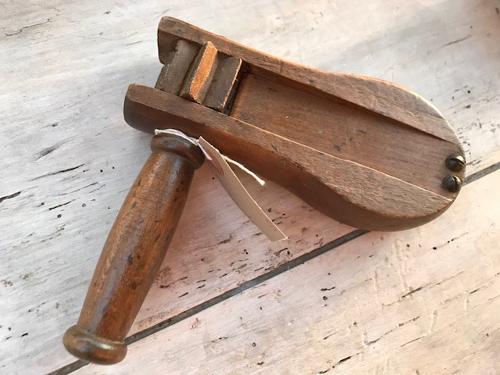Although we love our birds, they can and do become pests at times. The imported birds such as Rock Pigeons, House Sparrows, and European Starlings are good examples, but native blackbirds, crows, and even swallows are given that designation at times. A pest is simply an unwanted plant or animal, such as weeds in our herb garden or gulls snatching French fries from the tables of seaside restaurants. But “pest” is in the eye of the beholder. I frankly don’t mind when sparrows eat a few leaves in my spinach patch or a phoebe builds a mud nest on our stucco house; it’s their habitat as well. But I understand when flocks of birds descend on a farmer’s crop.
Take the ubiquitous Rock (city) Pigeon. They poop on windowsills, build sloppy nests on rooftops, and thus are generally unwelcome as the mess they leave might also attract other vermin like mice or insects. So now you often see “pigeon spikes” installed on buildings to keep the birds from perching. They can spread disease as well, but those diseases are typically uncommon, mild, and not a major health concern.
House Sparrows and Eurasian Starlings can nest in gutters, downspouts, eves, and other building crevices, creating a bit of a nuisance. Cliff Swallows occasionally build colonies of mud nests on school buildings, apartments, or homes and generate a bit of a mess. Northern Flickers often damage wood-sided homes with their pecking.

The serious bird pests, though, are the ones at airports and farms. The flock of geese that caused a jet to land in the Hudson River is a good example. Waterfowl and gulls are typical pests at airports, partly because many airports on built on or near wetlands. Farmers of all sorts have fought battles for years trying to keep birds from eating or damaging their rice, peanut, apple, or whatever crop. In the middle age, kids were sent into the fields during harvest season to serve as bird scarers with a wooden instrument by the same name.

As always though, when we mess with Mother Nature, the results aren’t always predictable. In the 1960’s China, a bounty was put on House Sparrows because they damaged a variety of crops. Billions were killed. But because the House Sparrow ate enormous amounts of insects, some of which were crop pests, the years after the House Sparrow eradication were followed by crop failures due to insect damage and then widespread famine.
Sometimes we exaggerate the pesky aspects of certain birds. I found this quote on a website from a pest control company; “House sparrows are loud and aggressive birds that will fight other desirable songbirds away from nesting and congregating areas, and their droppings contain acids harmful to structural materials and car paint. Their nests are fire hazards and invite the presence of other pests.” Ignoring the clunky grammar, you could substitute quite a number of bird species for the House Sparrow in this quote and be accurate.
Sitting outside this evening, being bombarded by mosquitoes, I hardly think birds are a reason to call a pest control company.
Pingback: Those Pesky Birds – Ornithology - Vetezi
Pingback: Bird Control – Ornithology
Pingback: Bird Control – Ornithology - NimasPark
Pingback: Bird Control – Ornithology - Pet Blog